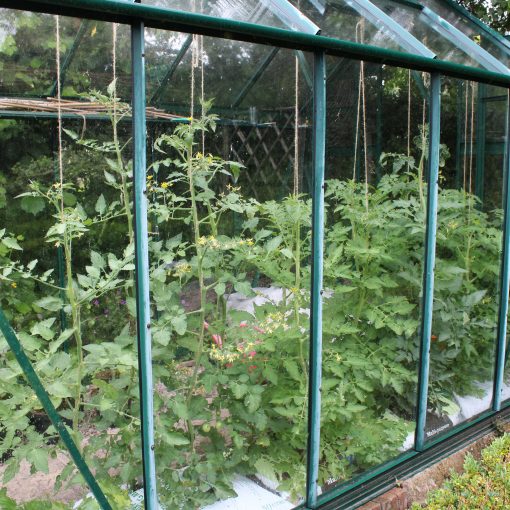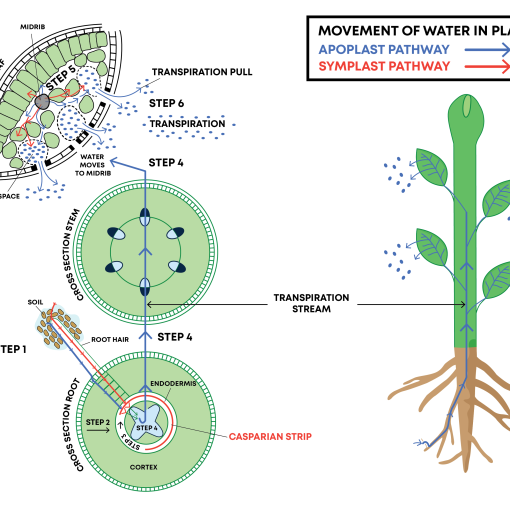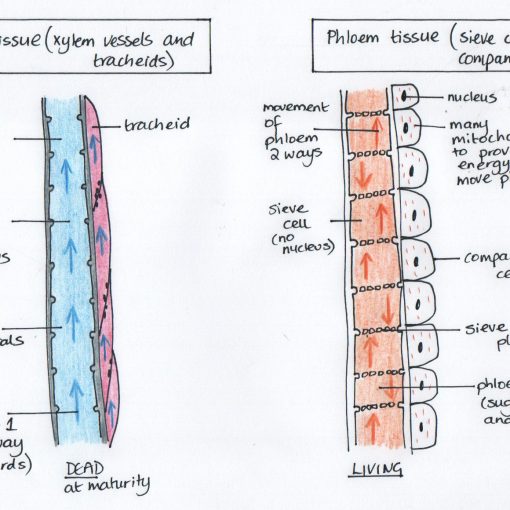Learning outcomes for R2101
Describe the stages in plant growth (lifecycle stages & significance for horticulture)
Describe the stages of the lifecycle of a plant: seed, juvenile (vegetative), adult (reproductive), senescence, death and their significance to horticulture.
New Syllabus Unit 1 Topic 1 Element 2
Like humans, plants will be ‘born’ (germinate) and grow rapidly from toddlers to teenagers. When they reach the adult stage, growth will slow down and they will make sure they look their best (Flower), find a mate and produce seeds for future generations. Just like us, they then age, losing vigour and energy and die.
For healthy humans this life cycle follows roughly the same pattern; males and females will live to a similar average age. For plants, these stages can all happen in a few months or 100 years. There are many ways that the grower can influence the life cycle of a plant; forcing it to live longer, look younger or more attractive or produce more offspring (flowers and fruit)
This blog studies the characteristics of each stage of the plant life cycle and how horticultural practice can interfere with this process for the benefit of the grower.
FIVE stages of plant growth life cycle

Description of each stage of the life Cycle

Horticultural significance of the different stages of plant growth
Time to wait for ideal growing conditions
Seed production allows the life cycle to be put on hold for the plant and for gardeners so that it germinates when conditions are ideal. Some seeds have factors that delay germination (dormancy) so the gardener needs to be aware of any treatments required to break dormancy. The seed life cycle phase allows gardeners to store seed and determine location and timing of growth. The seed stage also allows plants to be easily transported in this form and sold. Gardeners must store seeds correctly – most are stored in a cool dry dark place to extend their shelf life. A seed can only remain dormant for a certain amount of time so ideal storage conditions reduces the rate of deterioration.
Propagation. Selecting the right plant material for vegetative propagation.
Juvenile growth is the best material for propagation as growth is more rapid and successful. Stem cuttings of juvenile growth will root faster and survive better than older growth.
How long until it flowers?
Knowing which plants have a long period of juvenile growth before flowering helps to estimate when a new plant will flower. Wisteria remains juvenile for up to 20 years before flowering unless grafted. Gardeners can buy a Wisteria in flower to be sure it has reached its adult stage.
Planting Plans – understanding of lifecycles and growth stages allows successional display to be planned which affects planning of ornamental schemes. Herbaceous perennials grown from seed may flower the following year while others may take more than 2 years to flower.
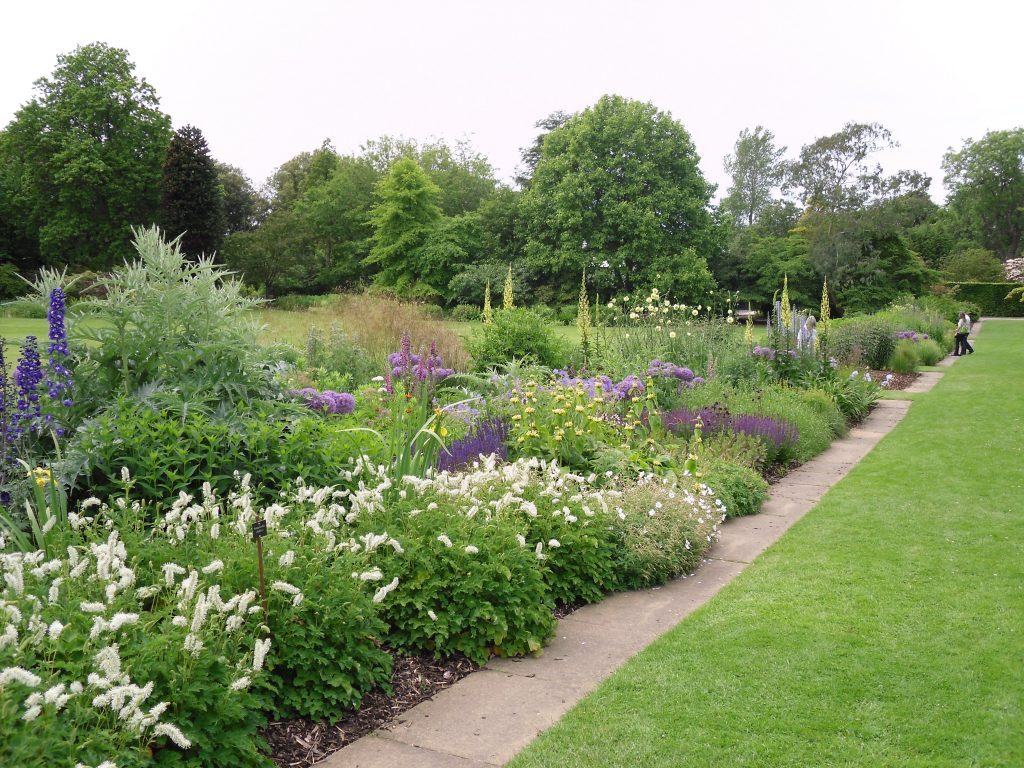
Appearance and pruning regimes – juvenile and mature growth can look very different:
e.g. Hedera helix. This is influenced by pruning regimes. Juvenile leaves are lobed whereas adult growth has flowers and has diamond shaped, more simple leaves. Regular pruning will promote the more decorative juvenile growth and not pruning will allow it to flower and provide late nectar for pollinators.
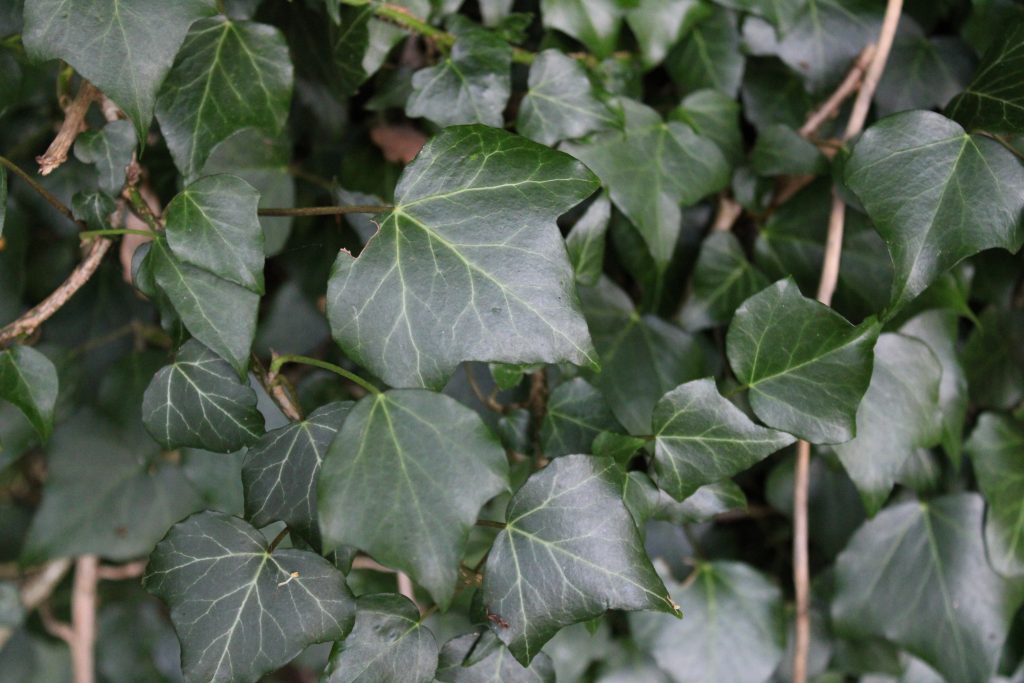

e.g. Cornus alba ‘Sibirica’ This is influenced by pruning regimes. Young growth is bright red and old growth is brown. Cornus is pruned hard in March so that young red growth gives decorative display the following Winter.

e.g. Eucalyptus gunnii can be coppiced every 3 years as the young leaves are far more attractive than the older adult leaves. Juvenile leaves are smaller and silver grey while adult leaves are larger and green grey. This link shows the 2 types of foliage. For more attractive foliage for the cut flower vase, prune regularly.
e.g. Fagus sylvatica (Beech) when grown as a hedge retains its foliage over the Winter on juvenile growth only (growth which has been pruned) so regular pruning is required. Mature Fagus sylvatica trees lose their leaves in Winter.
e.g. Salix species (Willow) are often pollarded to encourage young juvenile colourful growth for Winter interest as shown in the photo below.
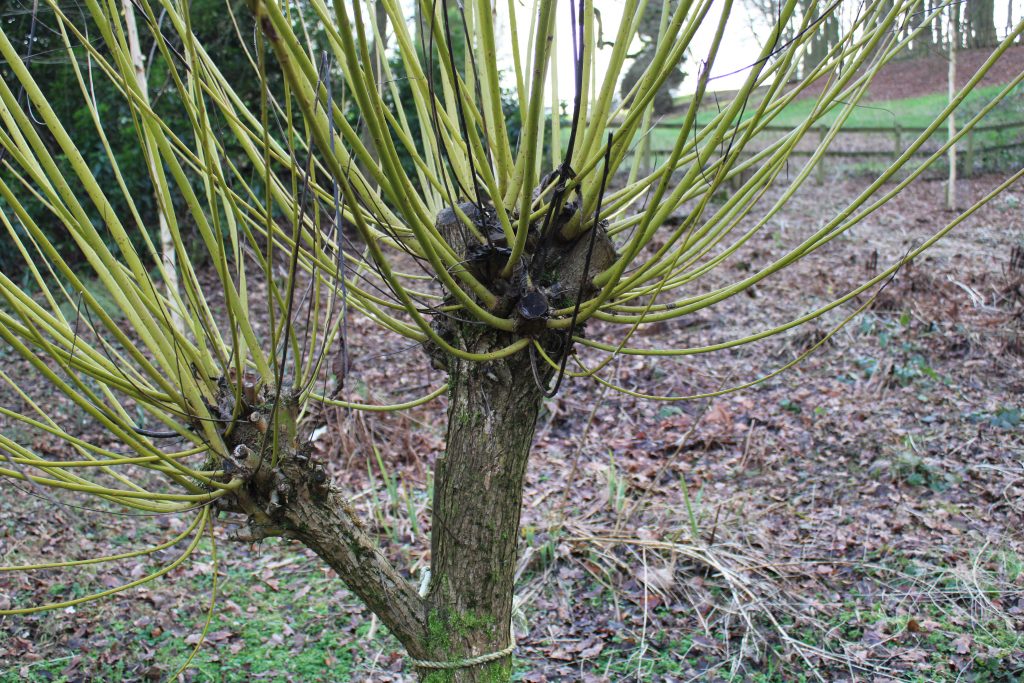
Delaying the adult stage of growth
To prevent bolting (early flowering) of biennial food crops, the aim is to maintain the juvenile stage in the first year. Bolting is when biennials such as beetroot flower in the first year instead of the second year. This is usually a reaction to environmental stress so protect plants from extremes of temperature and irrigate regularly. There are also bolt resistant cultivars such as Beetroot ‘Boltardy’ so select these. You want to harvest them when they are in the juvenile stage of growth as they will be better quality.
Pinching out of herbaceous perennials (also called the Chelsea Chop if done at the end of May) is a way to delay flowering (and promote bushiness and more flowers) Growers can ‘Chelsea chop’ half of their drifts of the same plant so they will flower in two flushes so there is a longer season of interest.
To stop flowering and maintain the juvenile state of lawns – mow regularly.
Delaying the senescent stage.
Dead heading and regular harvesting of crops will delay senescence and promote more flowers and fruits. Once flowering and fruiting has happened plants start to senesce as they have produced seed. Courgette for example will not produce any more fruits once it is marrow sized and sweet peas will stop flowering if the pods are allowed to develop. Bedding displays should be deadheaded to promote flowering throughout the season.
Division of herbaceous perennials. Some plants decline in the centre of the clump if not divided regularly to promote juvenile growth. e.g. Hostas
Slowing the senescent stage
Storage of fruit. As fruit is senescing it should be stored in well ventilated cool temperatures to slow the rate of senescence and preserve the fruit quality for longer.
Benefits of Senescence
Seeds are ready to collect for storage or as a food crop
Autumn leaf colours are attractive (This is senescence of a plant organ ( the leaf ) rather than the whole plant.
Leaf senescence can indicate time to harvest (e.g. potatoes)
Senescent seed heads can provide Winter decoration in the ornamental garden (eg Teasel)
Senescent seed heads can provide a food source for birds.
Energy from senescent leaves (e.g. daffodil bulbs) is stored in the bulb and is used the following year for growth and allows Winter perennation.
Senescent plant material can be used to make compost and leaf mould.
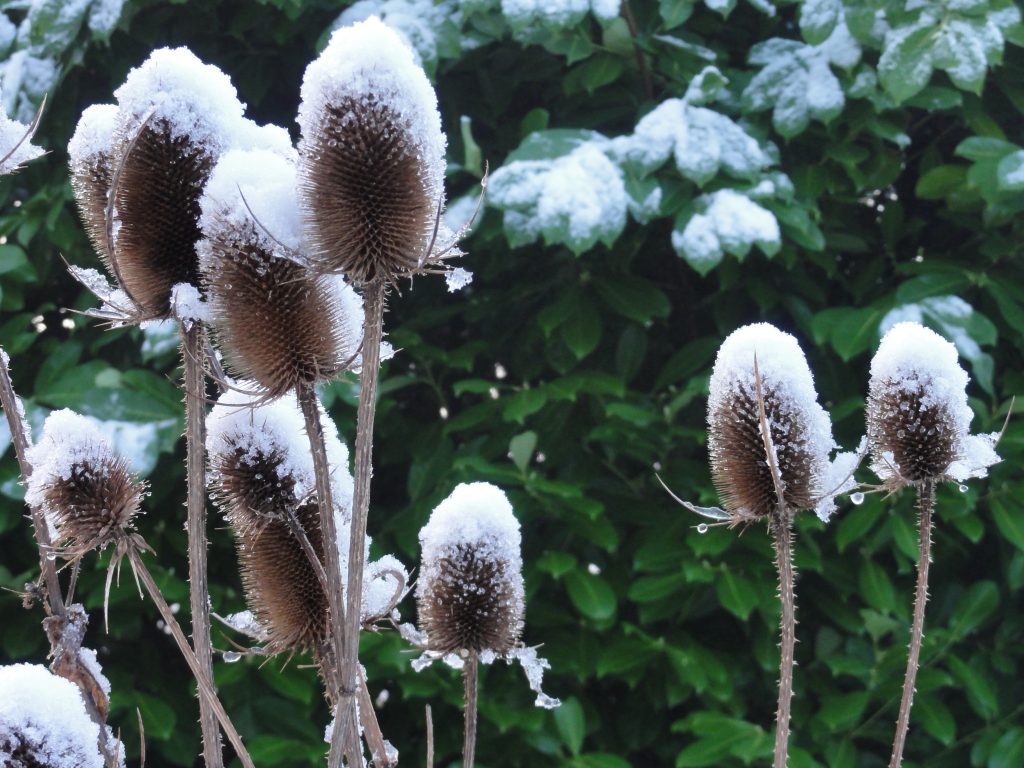
Horticultural situations where senescence is a limitation
Senescent hardy annual plants or biennial plants may be unsightly in the border. Plants may be removed by the gardener before seeds have had chance to distribute.
Senescent hardy annual plants will distribute seeds readily and so may become a weed problem. Senescent weeds will distribute their seeds readily (e.g.Cardamine hirsuta) This will result in extra work for the gardener as they need to be removed.
Fallen senescent leaves may be unsightly in public places and may pose a slipping hazard.
Senescent fruit in storage (e.g. apples) may deteriorate quickly (rot) if storage conditions are poor eg high temperatures, no air circulation, presence of fungal spores on infected fruits. This results in loss of revenue.
If plants are not dead-headed senescence will occur and prevent further flowering resulting in a poor display of colour. For example bedding plants should be regularly dead headed to delay the onset of senescence and extend the period of flowering.
Cut flower crops will no longer make new blooms resulting in loss of revenue.
Senescent plant material can harbour pests and disease.
Old trees which are starting to senesce may become an unstable health and safety risk in public spaces, and will need to be assessed annually.


